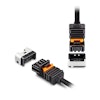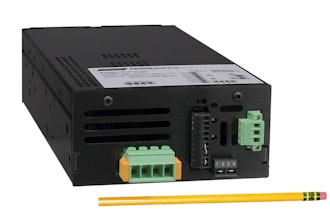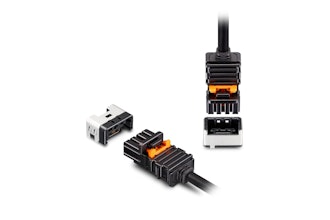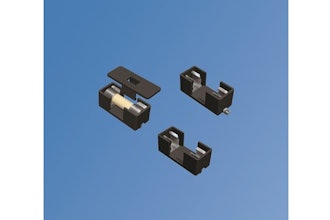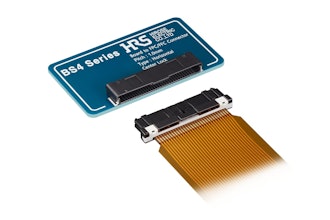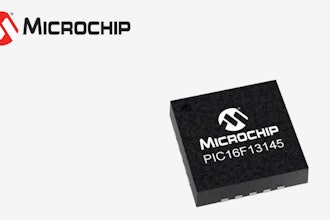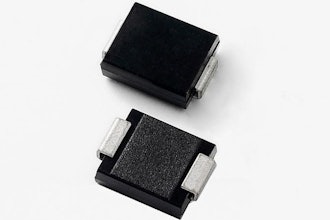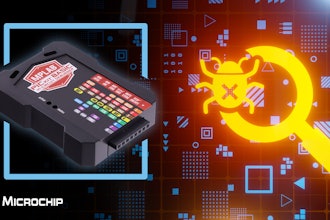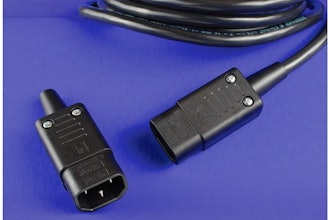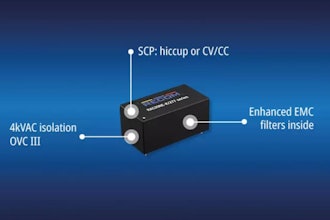
SANTA CLARA, Calif. -- Omnivision today announced a major pixel technology breakthrough ― the world’s smallest 0.56-µm pixel with uncompromising high quantum efficiency performance, excellent quad phase detection autofocus capabilities and low power consumption.
This ultra-small pixel technology will address the increasing demand for high-resolution and small pixel pitch image sensors for multi-camera mobile devices.
With a pixel size now smaller than the wavelength of red light, Omnivision’s R&D team has validated that pixel shrink is no longer limited by the wavelength of light. The 0.56µm pixel design is enabled by a CMOS image sensor (CIS)-dedicated 28nm process node and 22nm logic process node at TSMC, with a new pixel transistor layout and 2x4 shared pixel architecture. The pixel is based on Omnivision’s PureCel Plus-S stacking technology, and deep photodiode technology is applied to carefully embed the photodiode deeper into the silicon. These advanced technologies have enabled Omnivision to develop the smallest pixel, allowing for higher resolutions in the same optical format, and further enabling the image sensor to have more ISP functions, lower power consumption and faster read out speed.
 Omnivision/BusinessWire
Omnivision/BusinessWire
“Omnivision invests heavily in R&D and almost 50% of our employees comprise R&D engineers," Grant added. "As a global fabless semiconductor provider, we also work closely with our foundry partners, such as TSMC, to develop new process technology approaches that enable industry-leading innovation like this. This is a remarkable achievement, and I applaud our talented R&D team and our foundry partner for their ability to continuously lead the pixel shrink race.”
“We are pleased with the results of our deep collaboration with Omnivision in delivery of the world’s smallest 0.56-µm pixel using our industry-leading CIS technology,” said Sajiv Dalal, executive vice president of business management, TSMC North America. “TSMC strives to advance semiconductor manufacturing technologies and services to enable the most advanced, state-of-the-art CIS designs. We look forward to our continued partnership with Omnivision to help them achieve high performance, superior resolution, and low power consumption goals and accelerate innovation for their differentiated products.”
The first 0.56µm pixel die will be implemented in 200MP image sensors for smartphones in Q2 2022, with samples targeted for Q3. Consumers can expect to see new smartphones that contain the world’s smallest pixel available on the market in early 2023.



